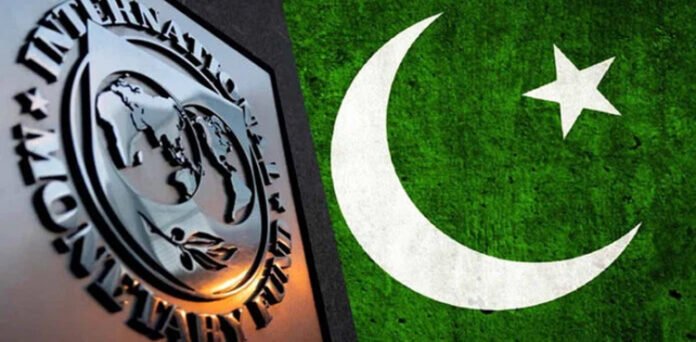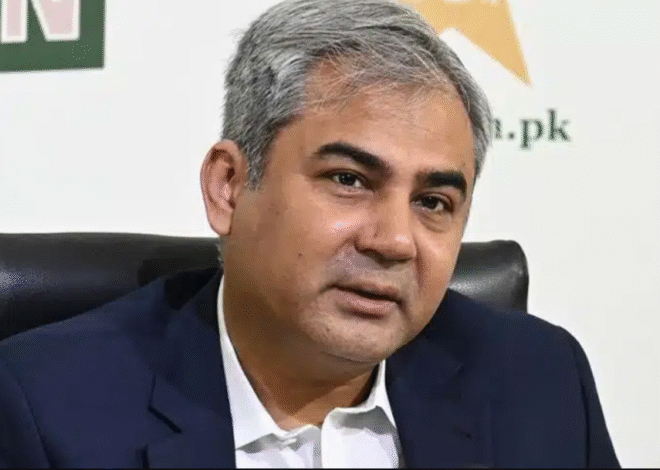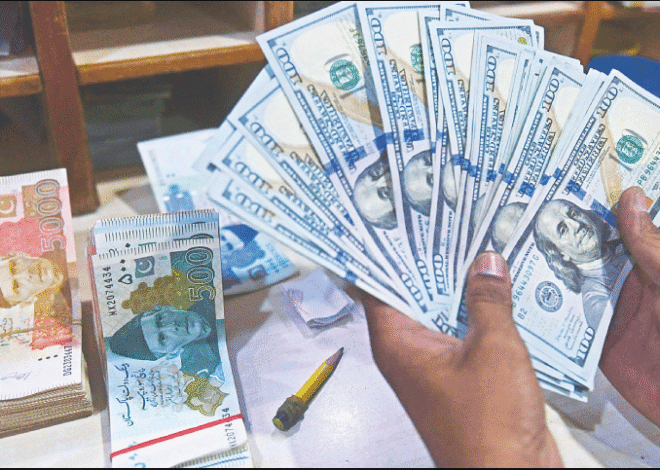
Development Funds Slashed: Pakistan Obeys IMF Demands to Secure Bailout
Pakistan’s development dreams take a backseat as the federal government bites the bullet, slashing Rs116 billion from its development budget at the International Monetary Fund’s (IMF) behest. This drastic move aims to appease the global lender and ensure the success of its bailout program, crucial for stabilizing Pakistan’s struggling economy.
Key Takeaways:
- 137 projects axed: PSDP (Public Sector Development Funds) projects worth Rs116 billion are scrapped, primarily due to their unstarted status.
- Provinces pick up the pieces?: The government suggests provinces can shoulder the responsibility of these projects if they wish.
- Fiscal deficit targeted: The cutback aims to narrow the country’s financial gap and appease the IMF’s deficit concerns.
- Budget shrinks: With the cuts, the development budget shrinks to Rs834 billion.
- IMF tightens grip: Pakistan’s bailout comes with strings attached, including austerity measures and price hikes.
Economic Challenges Loom:
Pakistan’s economic woes are far from over. Inflation remains stubbornly high, despite hitting a record 38% in May 2023. The recent 29.2% inflation in November reflects the ongoing struggle.
IMF Bailout Progress:
The IMF has released $1.2 billion in funds, with another $700 million on the horizon after board approval in January. However, the bailout comes at a cost: harsh austerity measures and painful price increases.
Foreign Reserves See Modest Rise:
One silver lining: Pakistan’s foreign reserves have improved, currently hovering around $7 billion. This offers some breathing room, covering nearly 1.4 months of imports, up from a mere 0.4 months in July.
Looking Ahead:
While the IMF’s demands bring short-term relief, Pakistan faces a long road to economic recovery. Balancing fiscal responsibility with development needs will be a crucial challenge in the months and years to come.


